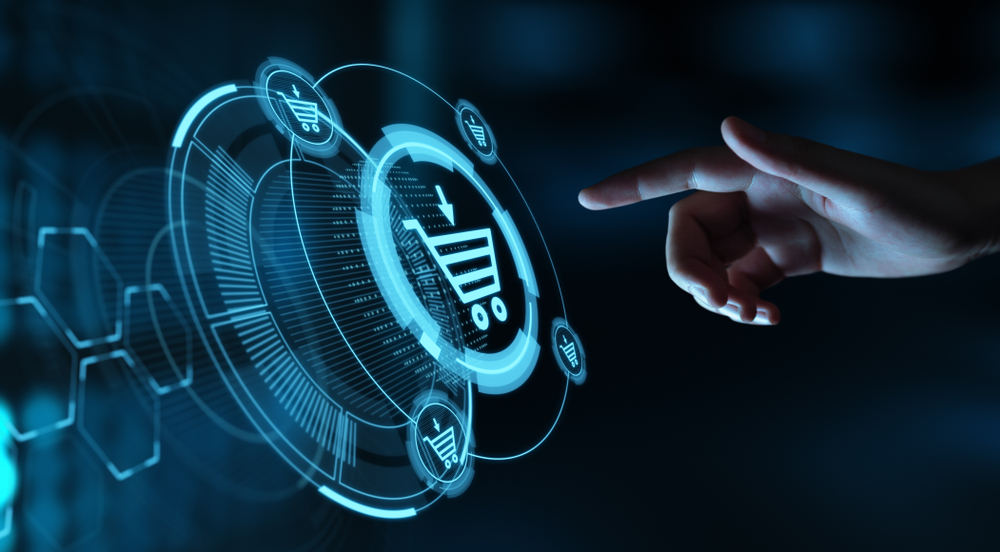Over 70% of online shopping carts are abandoned before a purchase is completed—a statistic that highlights the critical need for innovation in eCommerce checkout processes. With eCommerce sales growing by nearly 8% in 2023, the expectations of consumers have evolved; they now demand seamless, omnichannel shopping experiences and are willing to spend more for convenience (Sellars, 2024). However, traditional checkout methods often fail to meet these expectations, contributing to high abandonment rates.
This is where headless commerce emerges as a game-changer. By decoupling the front-end user experience from the back-end systems, headless commerce allows businesses to create more flexible, personalized, and efficient shopping experiences across multiple channels. Implementing headless checkout solutions can significantly reduce friction during the buying process, addressing one of the most persistent challenges in eCommerce today (A., 2024). As businesses seek to adapt to these changing consumer demands, understanding and leveraging headless checkout technology could be the key to driving sustained growth and improving customer satisfaction.

The Benefits of Headless Checkout
Headless checkout offers a transformative approach to enhancing the eCommerce experience, providing several key advantages that drive engagement, boost sales, and reduce cart abandonment. By decoupling the front-end presentation from the back-end infrastructure, businesses gain the flexibility to innovate and optimize the purchasing process across multiple channels. Here’s a closer look at the benefits of headless checkout:

Challenges of Implementing Headless ECommerce
While headless eCommerce presents numerous opportunities for innovation and growth, its implementation is not without significant challenges. From the complexities of development to the intricacies of system integration, businesses must be prepared to navigate these obstacles to fully harness the benefits of this approach. Here’s an in-depth look at the key challenges associated with headless eCommerce:

Building a Scalable Checkout Experience with Shopify’s Checkout Extensibility
In today’s competitive eCommerce landscape, enterprise retailers must cater to diverse customer segments by delivering personalized buying experiences across multiple channels. Achieving this often requires creating various front-end customizations tailored to each customer segment, which can quickly escalate in complexity, especially when building a headless checkout from scratch.
Recognizing this challenge, Shopify has introduced Checkout Extensibility, a suite of platform features designed to simplify the customization of the checkout process while maintaining scalability and performance. This solution offers the benefits of headless checkout through an app-based, easily upgradeable platform, integrated seamlessly with Shop Pay for accelerated, secure transactions.
Customizable Checkout Solutions Shopify’s Checkout Extensibility allows retailers to make no-code checkout customizations using apps and branding tools, or to build bespoke experiences with the platform’s components and APIs. This flexibility means businesses can create tailored checkout processes that meet the specific preferences of their customers without needing extensive technical resources.
For businesses looking to expand their purchasing options beyond their eCommerce website, Shopify offers a “Buy Now” button that can be quickly embedded into various channels, such as blog posts or emails. This feature provides a faster, more straightforward purchasing process, improving customer experience and potentially increasing conversions.
Scalability and Performance One of Shopify’s key advantages is its ability to scale with the needs of enterprise retailers, particularly during peak shopping periods like Black Friday and Cyber Monday. Shopify’s platform handled $9.3 billion in revenue during BFCM 2023, with 60 million requests per minute at peak times, and supported 74% of transactions through mobile checkout. This scalability is critical for retailers who cannot afford slowdowns or timeouts during high-traffic periods, as lost sales during these times represent missed revenue opportunities that cannot be recovered.
Shopify’s infrastructure is also optimized for global performance, with 99.9% uptime and 300 points of presence in over 30 countries, ensuring a fast and reliable checkout experience for customers worldwide.
Conclusion For enterprise retailers looking to adopt headless checkout without the technical burden, Shopify’s Checkout Extensibility offers a comprehensive solution. By providing customizable, scalable, and high-performance checkout options, Shopify enables businesses to meet the diverse needs of their customers while maintaining robust performance during peak periods. As eCommerce continues to evolve, solutions like Shopify’s will be essential for retailers aiming to stay ahead in an increasingly competitive market.
References
Sellars, M. (2024, March 28). How headless checkout can tackle ecommerce’s biggest challenges. Shopify. Retrieved from https://www.shopify.com/enterprise/blog/headless-checkout
A., Z. (2024). How headless checkout can tackle e-commerce’s biggest challenges. HulkApps. Retrieved from https://www.hulkapps.com/blogs/shopify-news/how-headless-checkout-can-tackle-ecommerces-biggest-challenges
A., Z. (2024). The rise of headless e-commerce: Exploring the benefits and challenges. CyberPanel. Retrieved from https://cyberpanel.net/blog/the-rise-o
If you have questions or need assistance executing these strategies, our team is available at hello@tidalcommerce.ca.
Get monthly insights, case studies, and bold ideas from the front line of digital commerce & CX.